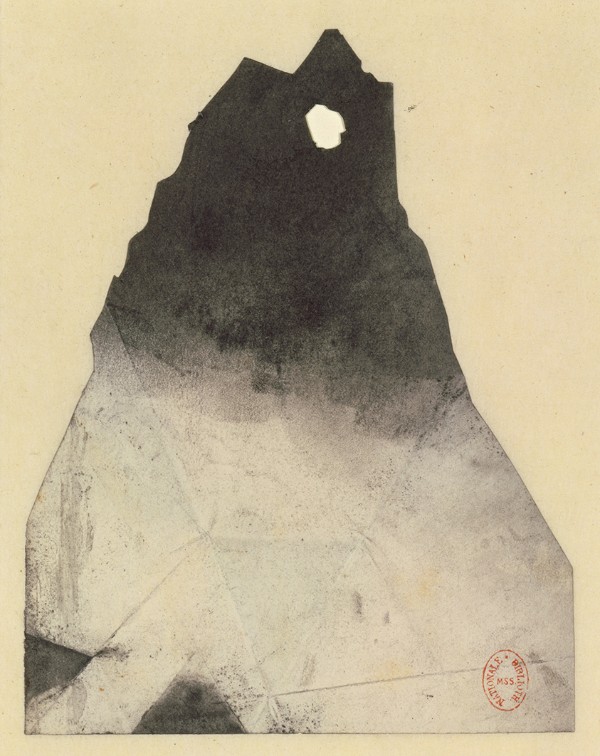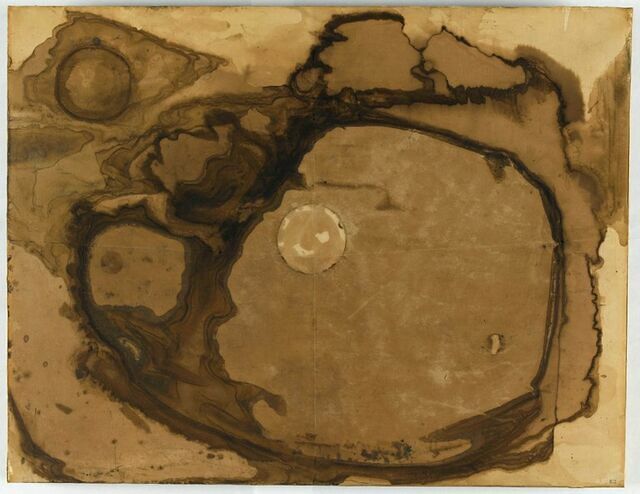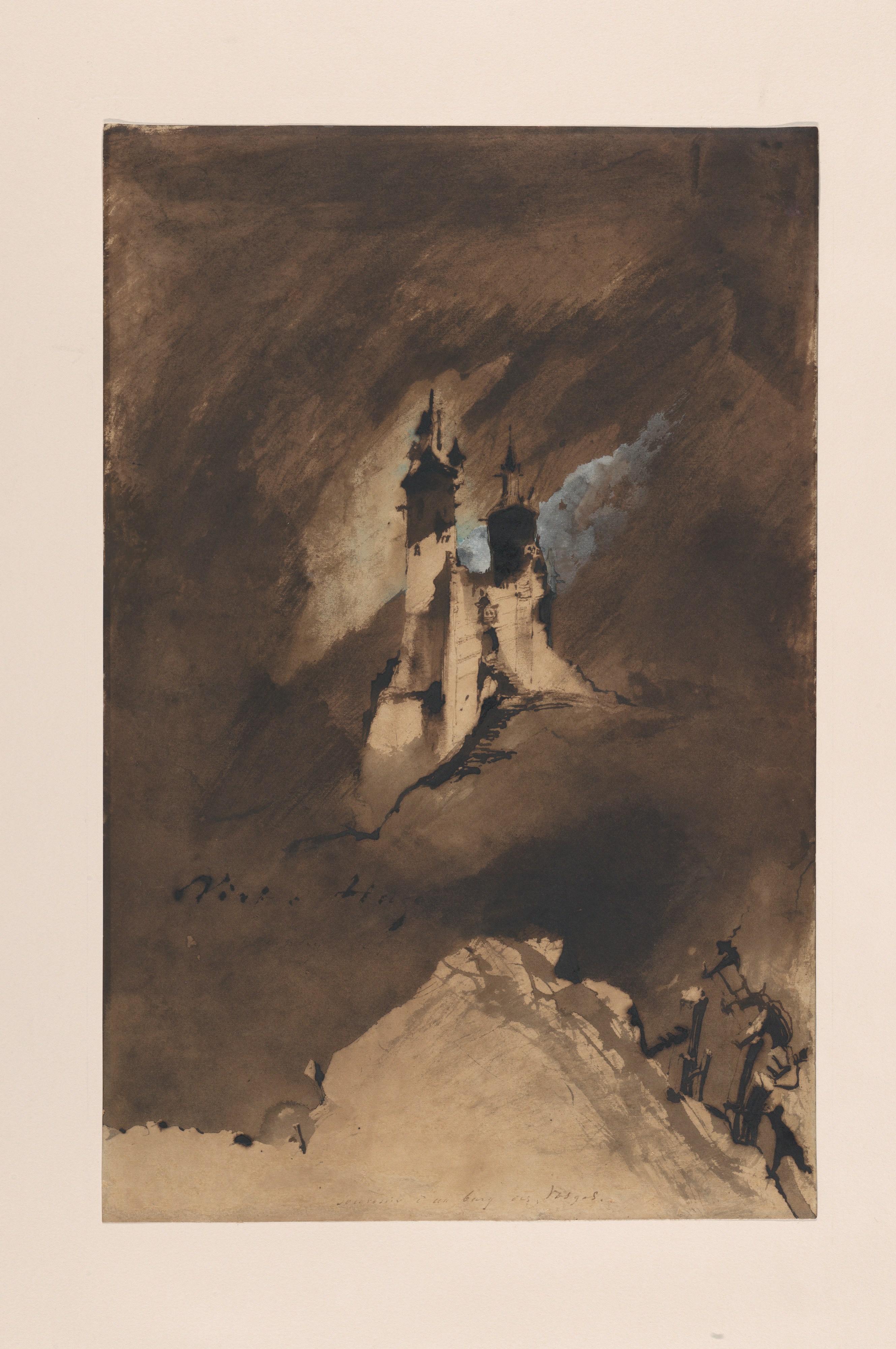7 Things That Could Only Happen to You in Greek Mythology
Thinking your luck couldn’t get any worse? Well, brace yourself for a humorous journey into the world of Greek mythology, where even the mighty...
Ania Kaczynska 3 October 2023
French author, poet, and dramatist Victor Hugo is known worldwide for his written work, namely novels such as Les Misérables and The Hunchback of Notre Dame. Unbeknownst to many, though, Hugo was also quite a visual artist, producing over 3,000 ink drawings in his lifetime in a style that pre-dates later modernist and abstract movements. Discover Victor Hugo’s art!

Born in 1802, Hugo was a writer from the outset, publishing his first novel at 21 and a collection of poetry even earlier. According to Art & Antiques magazine, Hugo drew and painted throughout his life, but produced particularly large amounts of visual work between 1848 and 1853, as well as during his time as a political exile on the islands of Guernsey and Jersey from 1852 to 1870.
The style of these ink drawings contrasts his writing style – where his novels feature intricately woven plotlines, large casts of characters, and sociopolitical commentary, his artworks are spontaneous, fluid, and abstract, inspired by spiritualism and the natural world, not politics.

This fluidity is a result of Hugo’s extremely experimental creative process, wherein he allowed water and ink to flow and pool naturally, and used various unconventional materials, such as fingerprints, lace, leaves, and self-made stencils, to create texture. Through these techniques, Hugo’s works are simultaneously recognizable forms and abstract shapes. It is for this reason that the Los Angeles Times actually suggests Hugo as a possible inventor of abstract art.

Although the styles of his visual and written works differed, they are similar in tone – gloomy, brooding, and stormy. It’s not hard to imagine that the same man who depicted the hardships of the French Revolution and the loneliness of an outcast, also created images of dark castles, jagged cliffs, and crashing waves. The author also painted taches or stains, made by layering washes of black and brown ink. Although decidedly more abstract, these pieces are equally as shadowy as his other works.
None of Victor Hugo’s art was ever exhibited during his lifetime – he shared them only with family and friends. These pieces, however, are just as intriguing and mysterious as the novels that made him famous.
DailyArt Magazine needs your support. Every contribution, however big or small, is very valuable for our future. Thanks to it, we will be able to sustain and grow the Magazine. Thank you for your help!